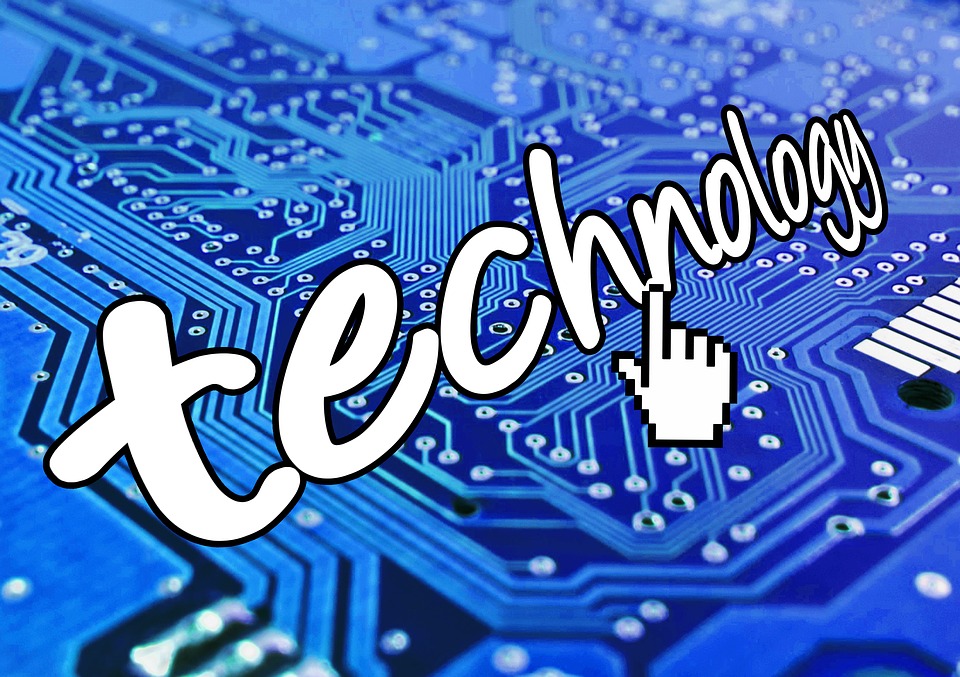To draw eggs, start with the basic oval shape. Then, add shading and highlights to create a realistic look. Remember, practicing shading techniques is key to mastering the art of drawing eggs. Experiment with different light sources for a more dynamic effect. Study the subtle variations in color and texture to capture the egg’s unique characteristics. With a few simple steps, you can bring life to your drawings of eggs. Let’s dive into the wonderful world of drawing eggs!
How to Draw Eggs: A Fun and Easy Step-by-Step Guide
Welcome, young artists, to a cracking adventure in the world of drawing! Today, we are going to learn how to draw one of nature’s simplest but most fascinating shapes – the egg. Whether you want to sketch a realistic breakfast scene or create whimsical characters, mastering the art of drawing eggs will set a solid foundation for your artistic journey. So, grab your pencils and let’s get cracking!
Materials You Will Need
Before we start drawing, it’s important to gather the right tools. Here’s what you’ll need:
- Pencil
- Eraser
- Drawing paper
- Coloring tools (optional)
Step 1: Basic Egg Shape
Let’s begin with the most fundamental step – drawing the basic egg shape. Start by sketching an oval. Remember, eggs come in all sizes and shapes, so don’t worry about making it perfect. Practice drawing ovals of different sizes until you feel comfortable with the shape.
Pro tip: Use light, gentle strokes when sketching the egg shape. This will make it easier to make adjustments later on.
Step 2: Adding Details
Now that you have your egg shape, it’s time to add some details to make it look more realistic. Eggs have a smooth surface with a slight shine. You can achieve this by adding some subtle shading to give your egg depth and dimension.
Pro tip: Shade one side of the egg slightly darker than the other to create a sense of light and shadow.
Step 3: Texture and Reflection
To make your egg drawing even more realistic, add some texture and reflection. Eggs have a glossy surface that reflects light, giving them a unique appearance. You can achieve this by adding small curved lines to show the shine and smoothness of the eggshell.
Pro tip: Pay attention to the direction of your lines to create a sense of curvature and volume in your egg drawing.
Step 4: Adding Color (Optional)
If you want to take your egg drawing to the next level, consider adding some color. Eggs come in various shades, from pure white to light brown and even speckled patterns. Use your coloring tools to add a realistic touch to your drawing.
Pro tip: Start with a light base color and gradually build up the shading to create a sense of volume and depth in your egg drawing.
Step 5: Final Touches
Once you’re satisfied with your egg drawing, it’s time for some final touches. Use your eraser to clean up any smudges or unwanted lines. You can also add a simple background to enhance your drawing and make your egg stand out.
Pro tip: Don’t be afraid to experiment and add your own creative flair to your egg drawing. After all, art is all about expressing yourself!
Congratulations, young artists! You have successfully learned how to draw eggs like a pro. Remember, practice makes perfect, so keep honing your skills and exploring the wonderful world of drawing. Who knows, maybe one day you’ll be creating masterpieces that will egg-cite the world!
Now, grab your pencils and get cracking on your next egg-cellent drawing adventure. Happy drawing!
Frequently Asked Questions
What supplies do I need to draw eggs?
To draw eggs, you will need paper, pencils, erasers, and shading tools like pencils, charcoal, or pastels. You may also use a circular template if you need help with the egg shape.
How can I create a realistic shading effect on my egg drawing?
To achieve a realistic shading effect, observe the light source in your drawing and make one side of the egg lighter where the light hits and the opposite side darker where the shadows fall. Practice blending different shades smoothly to create a three-dimensional look.
What are some techniques for capturing the texture of an egg’s surface in my drawing?
To depict the texture of an egg, use light, short strokes to outline the irregularities on the eggshell. Vary your pencil pressure to show areas of highlights and shadows, mimicking the smooth yet slightly bumpy surface of an egg.
How can I make my egg drawing look more realistic and proportionate?
To ensure realism and proportion in your egg drawing, start by sketching the basic oval shape of the egg. Pay attention to the size and placement of highlights and shadows to give your drawing depth. Use light guidelines to help position features accurately before adding details.
Final Thoughts
In conclusion, mastering the art of drawing eggs involves attention to detail and practice. Start by observing the shape and shading of an actual egg. Use basic outlines and shading techniques to capture its form accurately. Remember, practice makes perfect when it comes to learning how to draw eggs. Keep refining your skills and experimenting with different styles to create realistic egg illustrations.



